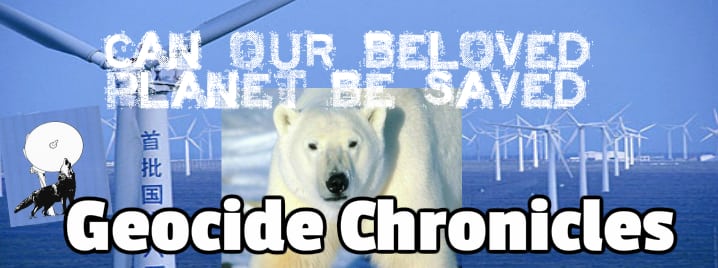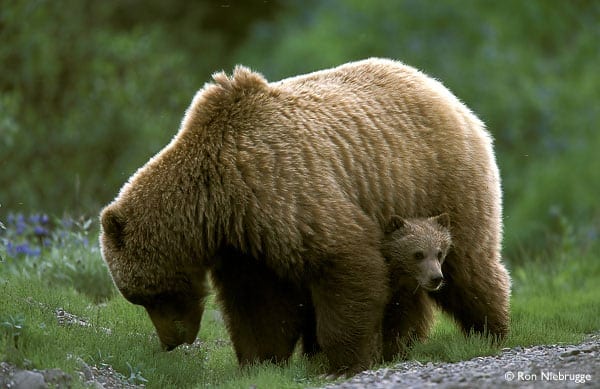Crackdown in Yellowstone
We share this planet; we do not own it.
WHAT HAVE YOU DONE TO HELP THE PLANET TODAY?
by GEORGE OCHENSKI
Under the cover of “reorganization,” Interior Secretary Ryan Zinke has pulled the rug out from under Dan Wenk, the highly respected superintendent of Yellowstone National Park. Citing no reasons, Zinke reassigned Wenk to Trump’s swamp in Washington, D.C. — which is not a national park. Wenk, finding no reason to join the swamp, announced he would retire instead.
The real reasons for Zinke’s attack, however, have everything to do with bison, grizzly bears, wolves and science — and implementing the Trump administration’s priorities of placing special extractive interests over the nation’s rarest wildlife resources.
For those who may not know, Wenk is a 43-year veteran of the National Park Service who, among many other accomplishments, brought resolution to the long-festering conflict of snowmobile use in Yellowstone. He was also the guy in charge of re-opening the Statue of Liberty to the public after the 9-11 attacks. By every professional measure, he deserved to be the Superintendent of the America’s first national park.
But there’s a lot more to Yellowstone National Park than just the world-famous geysers and hot pools. For more than a century Yellowstone has provided the sole refuge for the nation’s remaining, genetically-pure, bison herd which once numbered in the tens of millions until nearly slaughtered to extinction by those who “settled the West.”
The same goes for the grizzly bear, recently nominated as America’s “national mammal.”
And then there are the wolves. Yellowstone was the site of their reintroduction where, like the bison and grizzlies, they could finally find safety from man’s never-ending drive to eliminate nature’s apex predators and/or competitors in favor of domesticated livestock.
As Shakespeare wrote, “there’s the rub,” and so it proved for Superintendent Wenk, who believed wolves, grizzlies and bison deserved their place in the Greater Yellowstone Ecosystem that had co-existed for millennia.
Wenk’s reliance on science rather than being a puppet for politicians’ whims, however, ran counter to the approach of the Trump administration toward anything that gets in the way of development, resource extraction, or industry.
Wenk found fault with the Interagency Bison Management Plan’s contention that Yellowstone’s “carrying capacity” for bison should be 3,000 animals and that those wandering outside the Park’s invisible boundaries should be hazed, hunted, captured and shipped to slaughter. Instead, relying on science not politics, Wenk believed the Park could easily handle 4,000 bison and that any excess should go to repopulate tribal lands.
Since much of the land outside Yellowstone is also publicly owned, Wenk believed America’s bison had as much right to wander, give birth, and graze there as did the private cattle ranchers who have fought tooth and nail to contain the bison inside the Park’s boundaries for a century or more.
He also believed science did not support delisting grizzly bears or wolves from Endangered Species Act protections in the Greater Yellowstone Ecosystem, let alone re-instating hunting them in the Park’s surrounding states of Wyoming, Idaho and Montana.
As Wenk told reporters last week, “We’re not a livestock operation. We’re managing a national park with natural systems. We do not believe the bison population is too high or that any scientific studies would substantiate that.”
Unfortunately, those who disagree with the mandates emanating from Trump’s chaotic White House can expect to get their walking papers right quick. And just like the other 35 senior Interior professionals who have been reassigned under Zinke and Trump, that’s just what happened to Superintendent Wenk — which is another Trump tragedy for the nation’s bison, wolves, grizzly bears and our first and most famous national park.




